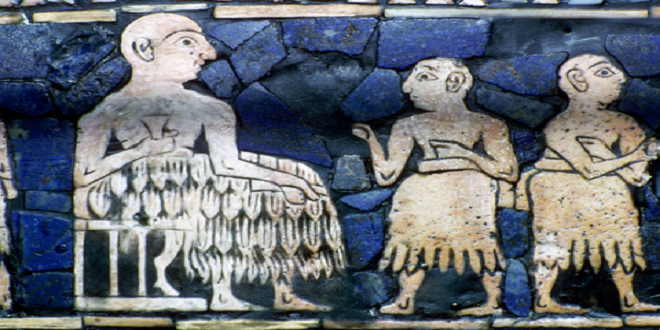The Talismans and Their Role in Ancient Times

Although it is unclear where talisman originated, there is general agreement that they were created by nomadic cultures.
Talismans are usually magical minerals or gemstones. These stones are believed to be magical and provide protection. For more information, visit this taweez site.
Talismans were an emblem of both heavenly and government power in pre-Islam Arabian times. The term “amulets” could refer to items made in pre-Islamic Arabia, while talismans were frequently carved prominently into temples across the region.
Read Also: Masstamilan
Pre-Islamic Arabia was a time when mountains and large rocks were powerful gods to tribes living in these areas. These powerful entities were so impressive that they outshone all men. To protect their children from the demons and unseen spirits that always seek to harm infants and children, they would perform a sacred ceremony in which small pieces of mountain crystal were placed on their foreheads. The mountain crystal was then placed on the forehead for one year. (Conley 1980) Other Talismans were made from skins of animals such as buffalo leather and sheep skin. These were believed to also have magical powers.
The word “Taleem” means knowledge. In ancient times, people used talismans that were dipped into fragrant herbs or plants to protect themselves against their enemies. The talisman would be attached to the door, chimney, or entrance of the house. This provided security and peace from the demon chants of other tribal tribes and different animals and insects that could spread disease.
Pre-Islamic times saw talismans as a pagan relic of Arabia. Life was centered on tribal worship and Arabians. Minor cults of minor deities could serve as patron deities for small tribes. This was before Islam introduced monotheistic beliefs and Islamic law.
Some items were believed to have the ability to communicate with gods and control one’s fate. Many people hang talismans, such as taweez amulets, in their wards. A man can also be lucky if he carries coins or a religious symbol in his mouth when uttering auspicious phrases.
Arabia has been known for its desert landscapes, and many myths surround it. These legends are related to important events that occurred in preislamic times for Arabic society. Jadd bint i Shu’aib is the first. She found an amulet at Mount Hira that had strange words and images on it. Hasib was then entrusted with its care. It was a talisman that Allah used to deflect evil from those who carried it.
Habbaqih El Makh is the most well-known amulet from preislamic Arabian Peninsula. Abu Bakr al-Siddiq, a Bedouin, and his son, Prophet Muhammad, discovered a large stone in the desert at Medina. The stone was divided into two halves: one white, and one black. They rubbed the pieces together and discovered that both had lines of writing. It looked like something was drawn on it with a piece charcoal.
One amulet stands out from all the rest – Tabal is one of these amulets, as described in ibn Ishaq’s famous biography about Muhammad. It is believed to be a blackstone (possibly topaz) with the word “Allah” inscribed on it. The narrative says that Abu Bakr would carry Tabal and pray in battle, while his enemies would hear him speak from the amulet. This resulted in a rise in Muslims supporting him.
Feel Free to Read More: Isaimini




